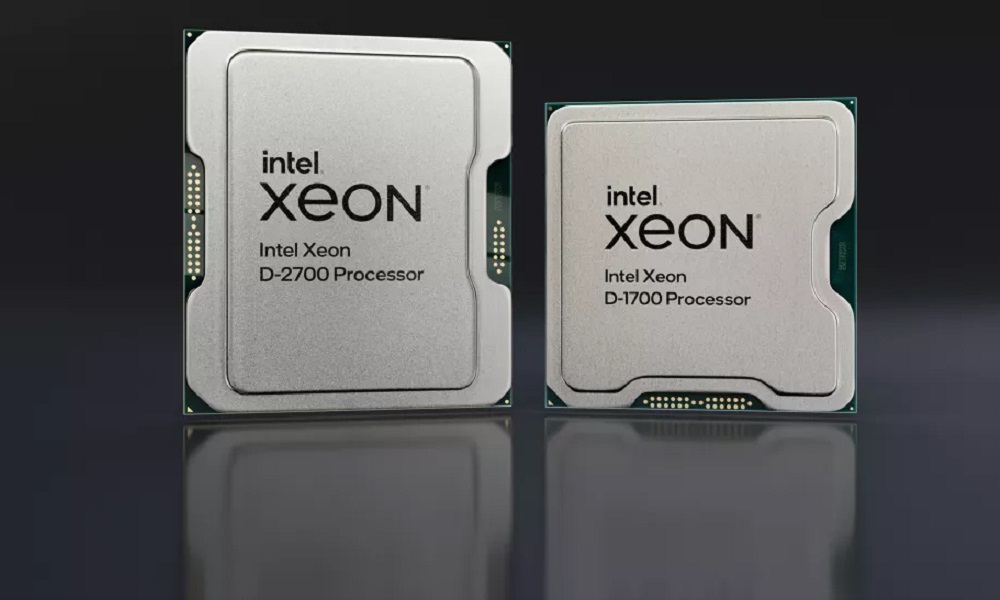
The chip giant has announced its new Intel Xeon D SoCs, a series that is specifically designed to power proprietary edge and network workloads, and is based on the Sunny Cove architecture. These new chips are configured with up to 20 cores, and come with a rich set of advanced features and functions, including:
- Hardware accelerated SHA encryption.
- Full memory encryption.
- SGX instructions.
- Improved reliability.
- AVX512 VNNI to accelerate neural networks, AI and inference tasks.
Intel Xeon D SoCs are divided into two ranges, the D 1700, which is available in configurations ranging from 2 to 10 cores and add up to 15 MB of cache, and the D 2700, which add up to 4 to 20 nuclei, and have up to 30 MB of cache. Obviously, the latter can offer much higher performance, and they are the most powerful options.
For the rest, these new chips have offer support of dual or quad channel memory configurations, depending on the specific model, they support between 256 GB and 1 TB of DDR4 memory, they offer from 16 to 64 PCIE Gen4 lines, up to 24 SATA III ports and a maximum of 100 GbE. Its TDP starts at 25 watts, in the less powerful models, and peaks at 129 watts (base TDP, in turbo mode is higher, obviously).
Intel Xeon D offers balanced performance to efficiently drive a wide variety of taskssuch as inference, AI and deep learning, edge servers, virtualized radio access networks (vRAN), storage servers, and security solutions. Intel has confirmed that more than 70 industry giants are working with it on designs using the new Xeon D, and has provided such big names as Cisco, Juniper Networks and Rakuten Symphony.
On the other hand, the chip giant has also confirmed major improvements to Sapphire Rapids which we explain below:
- Improvements to 5G-specific signal processing instructionswhich will double vRAN capacity and support advanced capabilities such as high cell density for 64T64R Massive MIMO.
- New chips with built-in acceleration that are optimized for vRAN workloadswhich will translate into greater flexibility and optimization points that, without a doubt, will mark a differential value when building networks.
We cannot finish without naming two other important keys, and that is that Intel has also confirmed the launch of the version 2022.1 of the OpenVINO toolkit, an update of its well-known API that allows TensorFlow models to be imported more easily, and that significantly improves code portability; and has also highlighted its joint work with giants such as American Tower, AT&T, BT, Ericsson, Rakuten, Verizon and Zeblok to promote 5G.



